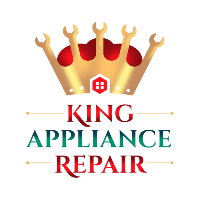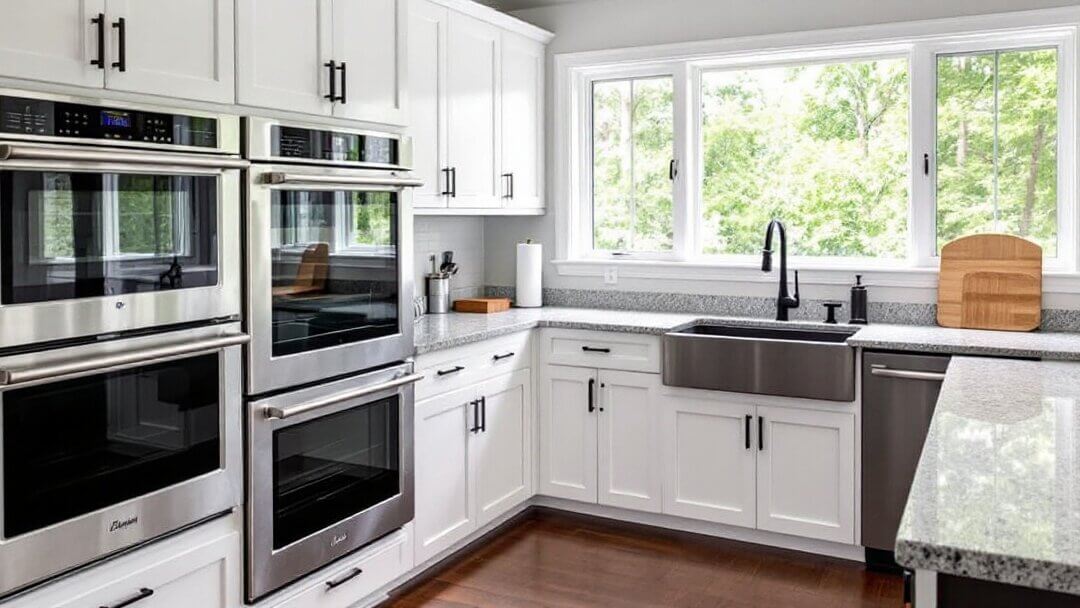Table of Contents
- What Is a Traditional Oven?
- Pros and Cons of a Traditional Oven
- What Is a Convection Oven?
- How Do Convection Ovens Work?
- Benefits of a Convection Oven
- Convection vs Traditional Oven: Key Differences
- Which Is Best for Baking?
- Adapting Recipes for Convection Cooking
- Roasting and Broiling Differences
- How to Choose the Right Oven for You
- Maintenance and Tips for Your Oven
- Conclusion
Convection vs Traditional Oven: Which Is Best for You?
When you decide to buy a new oven, you will often hear about two main types: convection ovens and traditional (or conventional) ovens. Each type works differently and has its own strengths. If you have ever wondered which oven is best for baking, roasting, or cooking family meals, this guide will help you. We will explain how convection ovens work, how they compare to regular ovens, and help you choose the best option for your home.
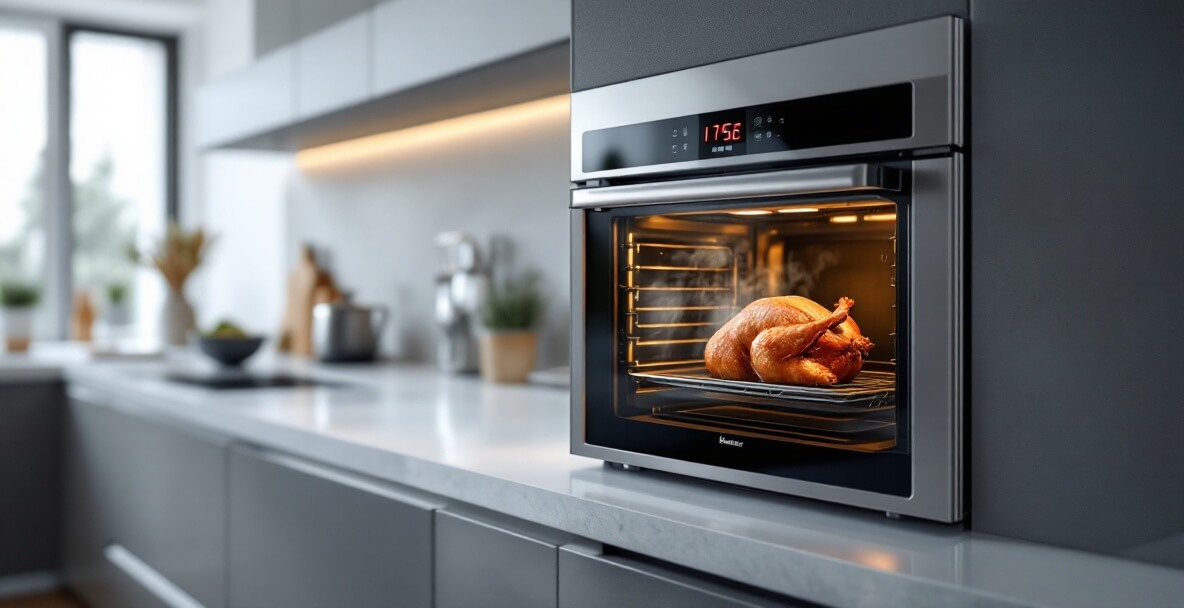
What Is a Traditional Oven?
A traditional oven, also known as a conventional oven, is the type of oven that many people have in their homes. It uses heating elements at the top and bottom to heat the air inside. The hot air does not move much on its own, so some parts of the oven may get hotter than others.
In a traditional oven, you usually place your food on the center rack and let it cook. Sometimes, you might need to move your pan or turn it around to ensure your dish cooks evenly. This is because the heat can be stronger near the heating elements.
Pros and Cons of a Traditional Oven
Before we compare it to the convection oven, let’s look at the good and not-so-good things about a traditional oven:
Pros
- Easy to use: Most people know how to use a regular oven since recipes are often written for it.
- Great for certain baked goods: Some delicate desserts and pastries bake better in still air without a fan.
- Simple controls: You just pick a temperature, preheat, and put your food inside.
Cons
- Uneven cooking: Without a fan, some parts of the oven may be hotter, causing uneven browning.
- Longer cooking times: It might take longer to cook your food since hot air is not moving around.
- More energy use: It can take more energy to heat up and cook evenly, especially if you open the door often.

What Is a Convection Oven?
A convection oven is like a traditional oven but with one big difference: it has a fan inside. This fan blows hot air around the food. By moving the heat around, the oven can cook food more evenly and often faster.
Many newer ovens have a convection setting. This means you can choose whether you want to cook with the fan on (convection) or off (traditional). This can be very helpful if you like to experiment or cook different kinds of foods.
How Do Convection Ovens Work?
In a convection oven, the fan and sometimes an extra heating element help spread hot air all over the oven. Instead of hot air just sitting around your food, the air keeps moving. This makes the temperature more even. Your baked cookies on the bottom rack will cook just as well as the cookies on the top rack.
The movement of air helps speed up the cooking process. Your food may finish baking or roasting faster, which can save time. The circulation also helps remove moisture from the surface of your food, making it crispier. This is great if you want a crunchy crust on bread or nicely browned roasted vegetables.
Benefits of a Convection Oven
The special fan inside a convection oven can give you many advantages:
- Even cooking: No more burnt edges or undercooked middles. Everything cooks at a similar rate.
- Faster cooking: Food can cook up to 25% faster because the hot air moves around it.
- Better browning and crisping: Your food, like chicken skin or pizza crust, can become crispier and more golden.
- Energy savings: Because it cooks faster, you might use less energy over time.
Convection vs Traditional Oven: Key Differences
Now that we know how each oven works, let’s compare them directly:
| Feature | Traditional Oven | Convection Oven |
|---|---|---|
| Heat Distribution | Still air, can have hot spots | Fan moves hot air evenly |
| Cooking Time | Often longer | Usually faster |
| Browning & Crispiness | Less crisp, may need turning | More crisp, no turning needed |
| Recipe Adjustments | Follow recipe as is | Lower temp or reduce time |
Which Is Best for Baking?
When it comes to baking, both ovens can be winners, but in different ways:
- Traditional Oven: If you bake delicate cakes, like a fluffy sponge cake, or certain pastries that need gentle heat, a traditional oven might be better. Still air can help these treats rise slowly and evenly.
- Convection Oven: If you want a crisp crust on bread or like to bake several trays of cookies at once, a convection oven can give you even browning. It can also help bread develop a nice, crusty surface.
Many modern ovens let you turn the convection feature on or off. That way, you can pick the best setting for what you are baking at the moment.
Adapting Recipes for Convection Cooking
Most recipes are written for traditional ovens. If you have a convection oven, you can still follow these recipes, but you might need to make small changes:
- Reduce the temperature: Lower the oven temperature by about 25°F (14°C) when using convection. This helps prevent overcooking.
- Check food early: Food will often finish sooner. Check your dish about two-thirds into the suggested cooking time. If the recipe says 30 minutes, check at 20 minutes instead.
- Try and learn: Keep notes when you cook. As you practice, you will learn how much time to reduce for each dish.
Some foods love convection cooking, while others do not. For example, cookies and roasted vegetables usually do well in a convection oven. But very delicate desserts might do better in a traditional oven. Try both ways and see which works best for your favorite treats.
Roasting and Broiling Differences
For roasting, like when cooking a chicken or turkey, a convection oven can help you get crispy skin and juicy meat faster. The hot, moving air helps caramelize the outside, making your roast taste amazing. Vegetables also roast beautifully, turning golden and tender.
For broiling, the main heat source comes from the top element of the oven. Convection does not usually affect broiling much since broiling is about direct, intense heat from above. Traditional ovens are fine for broiling steaks or melting cheese on top of a dish.
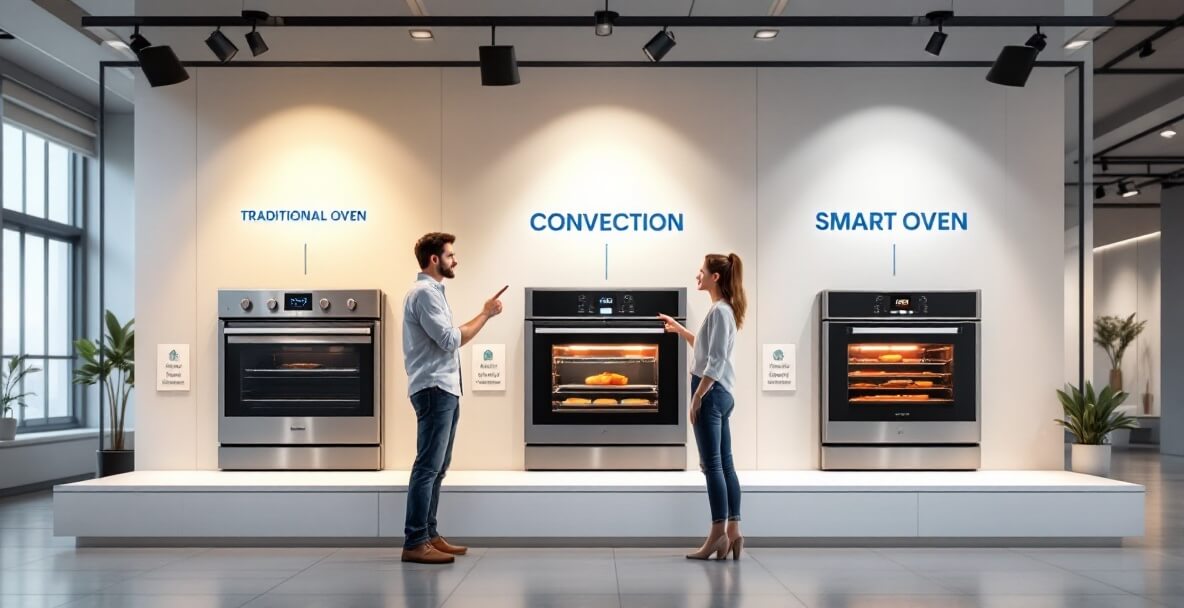
How to Choose the Right Oven for You
Now that you know the differences between convection and traditional ovens, how do you decide which one to buy?
- Consider what you cook most: If you often roast large amounts of food or bake many trays of cookies, a convection oven might be best. If you love making delicate cakes, a traditional oven might be simpler.
- Think about learning new skills: Convection ovens require a bit of experimenting. If you do not want to adjust recipes, a traditional oven may be easier. If you like trying new things, convection can be more fun.
- Budget and features: Convection ovens can cost a bit more, but many ovens now include both options in one appliance. Think about what you can afford and what you will use the most.
Remember that you can find ovens that have both settings. This gives you more choices and flexibility. You can turn the fan on when you want even, fast cooking and turn it off when you need gentle heat.
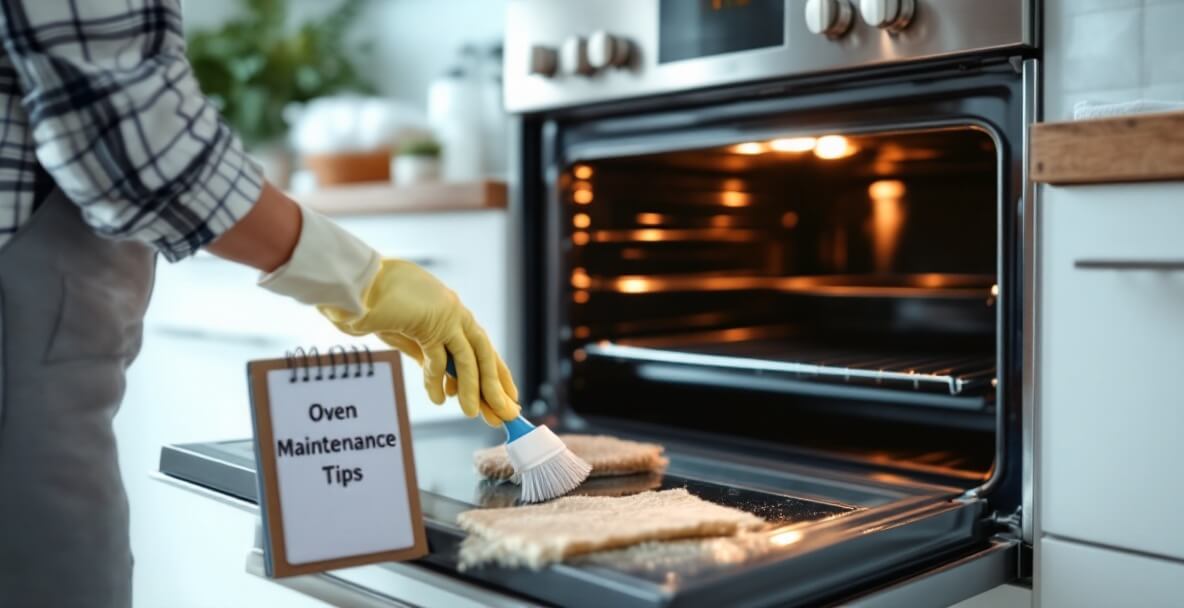
Maintenance and Tips for Your Oven
No matter which oven you choose, taking good care of it will help it last longer and cook better:
- Clean it regularly: Wipe up spills quickly so they do not become burnt-on messes. A clean oven heats evenly and smells better.
- Use the right pans: In convection ovens, use light-colored pans so your food does not brown too fast. In traditional ovens, using darker pans can help foods brown better on the bottom.
- Preheat properly: Always preheat before putting your food in. This helps ensure even cooking from start to finish.
- Check the temperature: An oven thermometer can help you confirm that your oven is truly at the temperature you set. Ovens can sometimes run hot or cold.
If you ever run into problems, consider seeking professional help. For example, oven repair in Ottawa by King Appliance Repair Company can help keep your oven working well. Also, following guidelines from The Ultimate Guide to Oven Maintenance will ensure your oven stays in top shape.
Conclusion
The debate between a convection vs traditional oven comes down to what you like to cook and how you like to cook it. Traditional ovens are simple and great for many basic recipes. Convection ovens help you cook food more evenly, faster, and often with better browning.
Many ovens today let you use both methods, giving you the best of both worlds. If you love trying new recipes, baking multiple trays at once, or roasting foods to a golden crisp, a convection setting could be your new kitchen friend. If you prefer sticking to familiar recipes and do not want to adjust cooking times, a traditional oven might make more sense for you.
Whichever you choose, remember that practice makes perfect. Pay attention to how your oven cooks, try different settings, and soon you will be making meals that are delicious and just right for you and your family.
